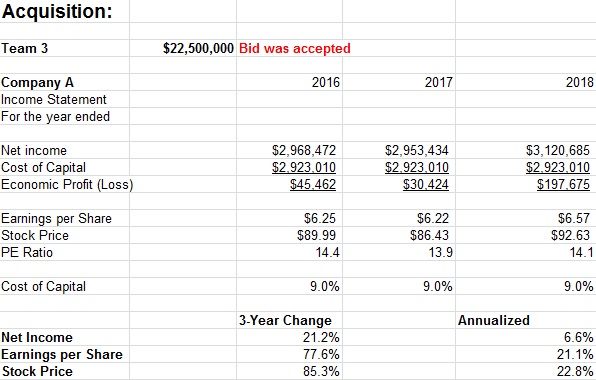PRINT AS PDF
The semester is now nearing its end. Many of the major course concepts have now been taught. A few assignments remain. The research paper will be due on May 6. At this point in time, an increasingly important question concerns whether students are able to apply concepts to situational contexts.
One of the common issues companies face over time is whether to maintain a profitable single business concentration strategy or diversify, either through internal approaches or through an acquisition. The indefinite continuation of a single business approach could ultimately expose the company to the risks of industry maturity, increased industry competition, or the emergence of a disruptive innovation. Diversification driven by internal growth can avoid the large costs of an acquisition, but present timing and outcomes risks. An acquisition can yield large debt, a falling stock price, and a failure of synergies to materialize.
At least in my classes, students seem to thrive on certainty. They prefer questions that lead to precise or definite outcomes. They favor “right-wrong” solutions. The world outside the classroom setting is far more complex and ambiguous. Every choice is cloaked in varying degrees of uncertainty. The world is a probabilistic place.
To tie theories and concepts to practice, my class will work on a simulation aimed at addressing the diversification issue. The students will be broken into teams, each of which will make a recommendation. Students will be given profitability data for the past five years, the company’s PE ratio during that time, interest rates for that time frame, its current cost of capital, among other information.
Once the choices have been made and the rationales discussed, the simulation will be run. Afterward, the students will discuss the outcomes, what they thought they did well, what they thought they missed, among other points.
The value of the exercise will be assessed on the final exam. The outcomes for the relevant content will be compared against the outcomes for previous semesters. Areas of significant improvement will be noted and areas where there was little or no improvement will be identified. If those outcomes are persistent when the simulation is re-run next semester, adjustments will be made to the simulation to reinforce the learning gains and address the shortcomings.



